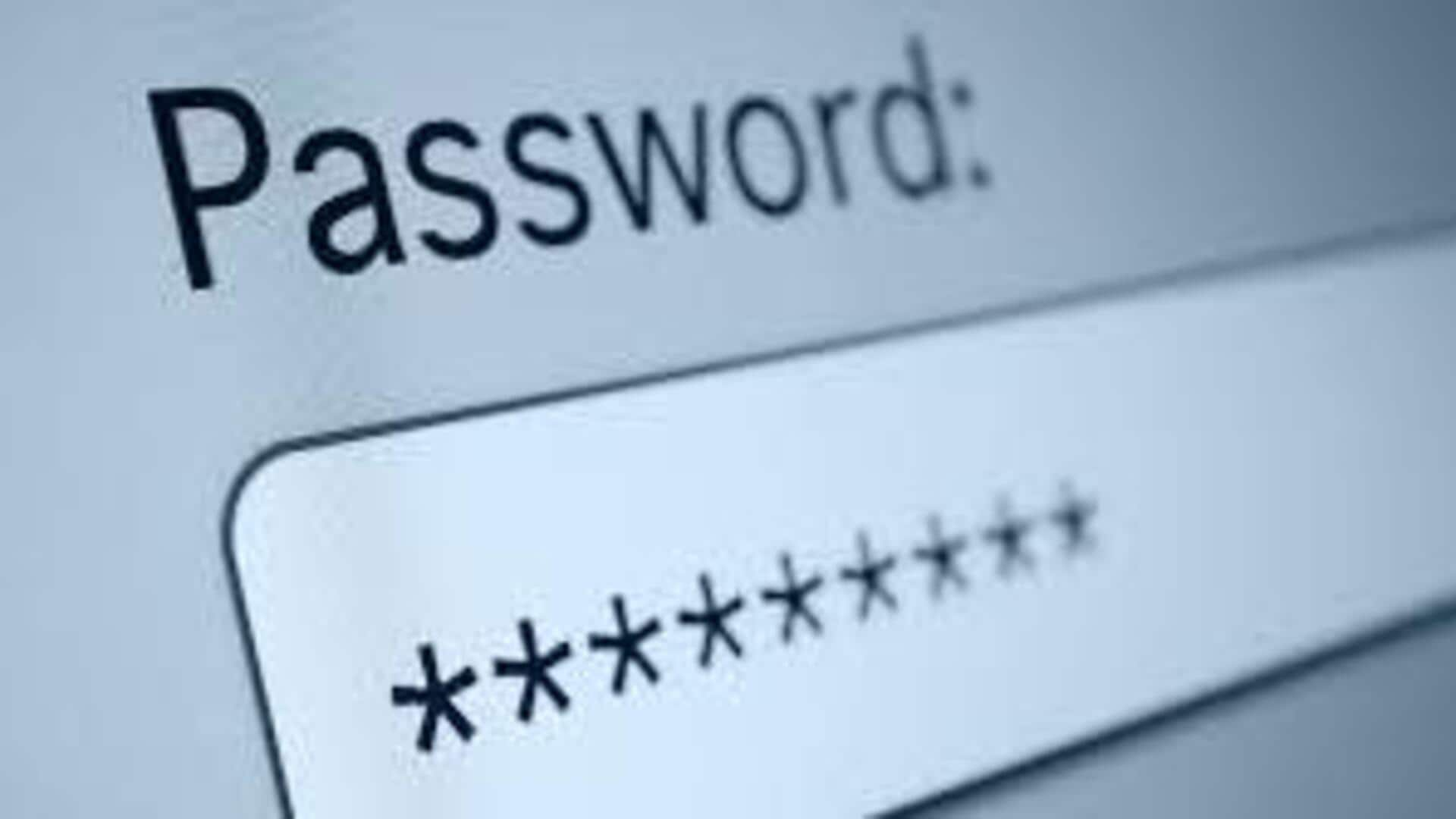
How to encrypt files with passwords
What's the story
Encrypting files with passwords is the first step to protect sensitive information on all platforms. Be it Windows, macOS, or Linux, every OS provides a different way to keep your data protected. In this article, we will give you an idea of how you could encrypt files on these platforms without going into complex technicalities. Follow these easy steps and keep your confidential files safe from prying eyes.
Tip 1
Encrypting files on Windows
If you're a Windows user, you can also use built-in tools such as BitLocker to encrypt whole drives or folders. To encrypt an individual file, simply right-click on the file, click on 'Properties' and head over to the 'Advanced' button under the 'General' tab. Tick the box 'Encrypt contents to secure data'. This way, only authorized users with the right password can open the file.
Tip 2
Using FileVault on macOS
Along with Windows, macOS also provides a native encryption tool, called FileVault, to lock files and folders. To enable FileVault, head over to 'System Preferences', click on 'Security and Privacy', and select the 'FileVault' tab. Turn it on by following the prompts and creating a recovery key/password. The feature encrypts your entire disk, keeping everything stored on it protected from unauthorized access.
Tip 3
Encrypting files in Linux
Linux users also have a number of options to encrypt files, including GnuPG and VeraCrypt. For example, GnuPG lets you encrypt individual files with command-line instructions like `gpg -c filename`. However, you'll have to enter a passphrase, which would be needed for the decryption later. This way, you can keep sensitive information stored on Linux systems locked with strong security.
Tip 4
Third-party encryption tools
For those looking for more than built-in features, third-party encryption tools are available on all platforms. Software such as AxCrypt or Cryptomator provides easy-to-use interfaces and advanced encryption features for personal/professional use cases. These tools often deliver cross-platform compatibility and cloud integration capabilities that further improve data security, all the while being easy to use.